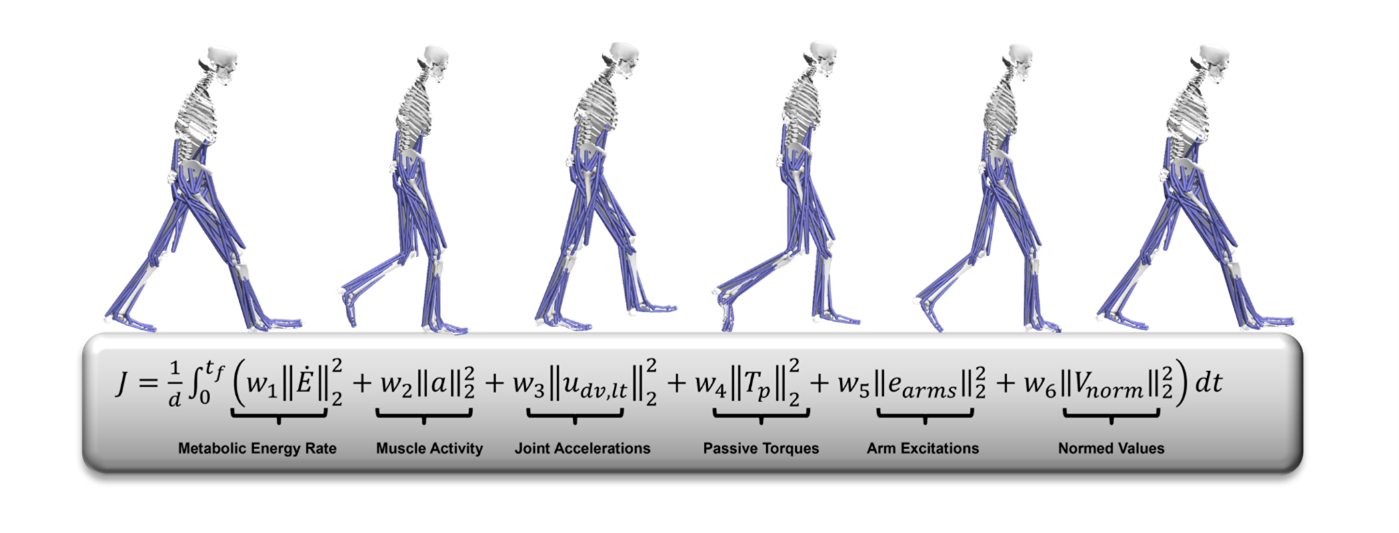Our lab utilizes biomedical engineering tools to optimize patient health and performance. We have identified three areas that we believe will allow us to accomplish these goals.
Innovative Rehabilitation Protocols
Our laboratory is dedicated to designing and implementing the latest advancements in rehabilitation to restore healthy gait dynamics. Currently, we are focused on utilizing asymmetric walking to correct inter-limb gait differences in individuals suffering from neuromuscular impairments. To date, this work has shown promising results as it has aided in the adoption and storage of healthy, symmetric limb loading gait dynamics in post anterior cruciate ligament reconstruction individuals.

Novel Non-Invasive Metrics for Clinical Diagnostics and Performance and Injury Assessment
Our laboratory is interested in creating new metrics to define healthy and pathological movement. To date, we have successfully applied statistical and engineering techniques to characterize healthy and pathological movement. Techniques such as linear regression, autoregressive modeling and poincaré analysis have been utilized to quantify altered gait dynamics. An advantage of these techniques is that we can exploit the graphical nature of these techniques to visualize these differences in gait mechanics. Furthermore, all of these techniques have been able to rapidly detect and characterize differences in gait dynamics in individuals with neuromuscular and cognitive impairment. This work is exciting as these metrics can be easily integrated into the clinic to aid in the diagnose and track the progression of pathological movement.
These techniques can also be implemented to evaluate individuals performance. Our laboratory works with athletes and we have found that these techniques are effective in assessing movement dynamics to help clinicians make more informed return-to-sport decisions. Moveover, these approaches allow us to track improvements and declines in performance. Therefore we will continue to expand upon this work to utilize these technigues to help optimize athlete performance as well as assess injury risk.
Patient-Specific Modeling for Movement Optimization
Our laboratory has employed OpenSim musculoskeletal modeling software to generate patient-specific muscle-actuated simulations of human movement. Patient-specfic computational modeling provides a way to investigate muscle contribution to movement and joint loading that cannot be measured experimentally. Currently, we are investigating how individuals adopt new muscle strategies during motor learning. We plan to utilize this knowledge to determine how to design new rehabilitation protocols to optimize movement and help improve the long-term post rehabilitation outcomes.
